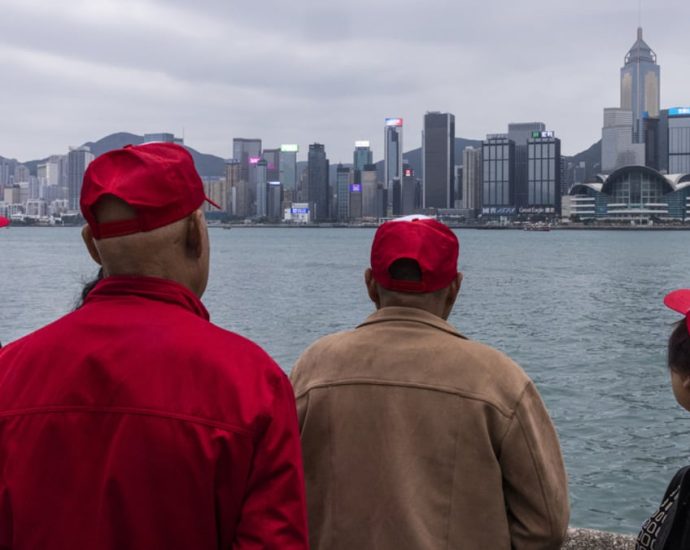Circle Line delay: Commuters urged to use other MRT routes while crack on rail track is being fixed

SINGAPORE: Circle Line commuters have been advised to transfer to other MRT lines while engineers carry out work to replace a faulty section of the rail crossing.
Train services on parts of the Circle Line have been affected for hours since 5am on Friday (Sep 29), and transport operator SMRT said it expects work to be completed at about 5pm.
A crack on the rail track at the crossing from Promenade to Esplanade and Bayfront stations had been detected at about 2.30am during a routine maintenance inspection.
“Our rail replacement team is currently carrying out the replacement of the rail crossing located between Promenade Station to Esplanade/Bayfront Station along the Circle Line to restore the safe use of the tracks,” SMRT in a Facebook post at about 3pm.
“The work is complex and involves a detailed survey as well as the movement of heavy rails and equipment using engineering trains to the affected stretch. We are working towards having the repairs completed at about 5pm.”
The work has resulted in slower train services for both ways from Dhoby Ghaut to Promenade stations and from Marina Bay to Stadium stations.
This is because trains have been diverted to one track to avoid the affected stretch, SMRT said.
The transport operator earlier advised commuters to factor in an additional travel time of 30 minutes along the affected stretch.
It later urged commuters to transfer to the East-West Line and Downtown Line to continue their journey.
Free regular bus services will be available between Paya Lebar and Dhoby Ghaut and Marina Bay stations and bridging bus services will be available between Paya Lebar and Promenade stations.
CNA has contacted SMRT about how long the disruption is expected to last.






























